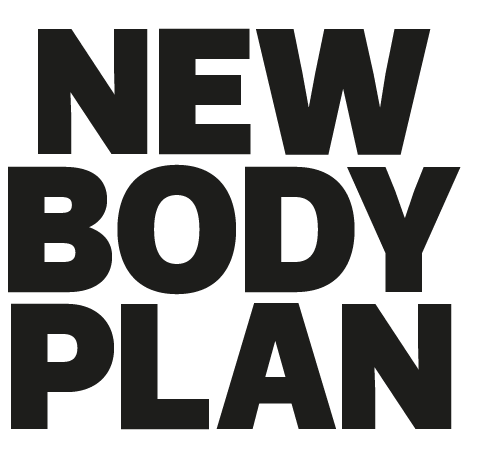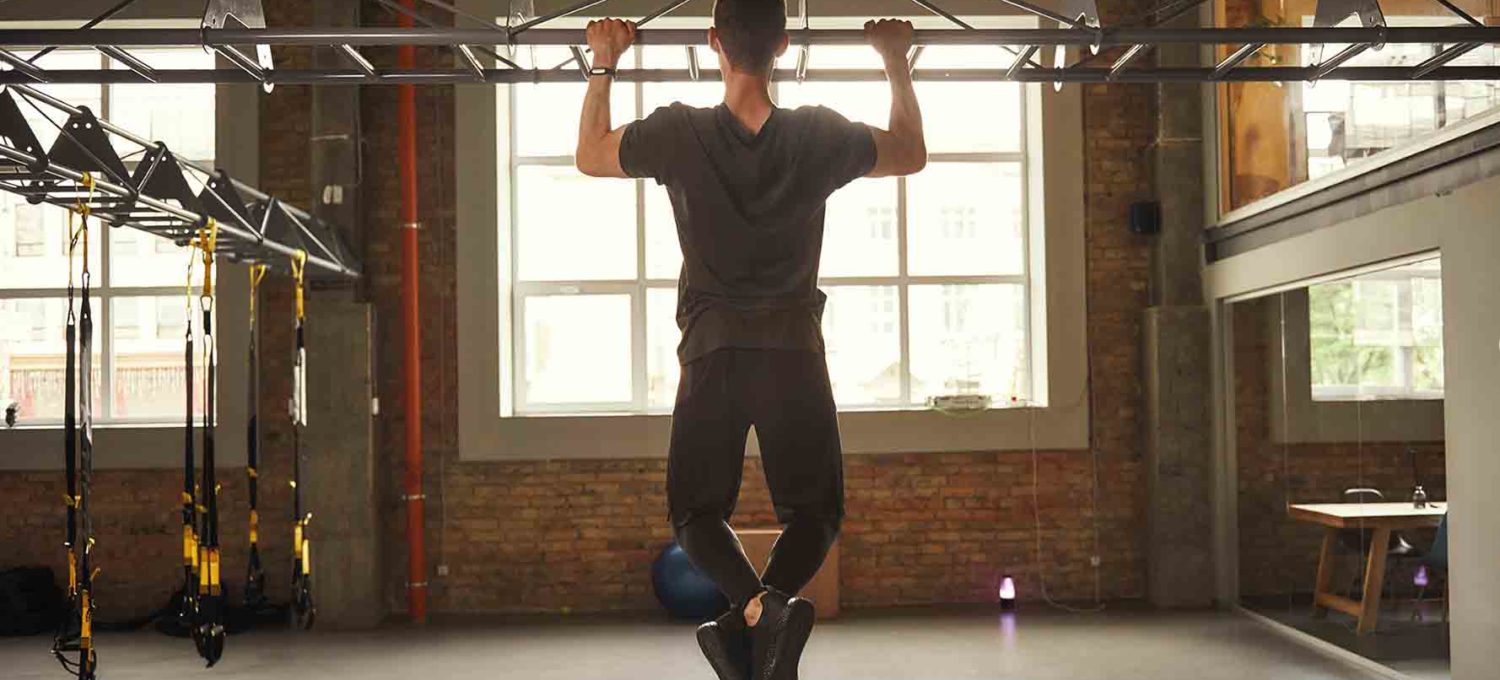How many sets per workout will deliver the results you want?
How many sets per workout are needed to get the results you want? Here’s what you need to know depending on whether you’re training to burn body fat, add lean muscle or get bigger and stronger, says New Body Plan creator Jon Lipsey
The number of sets you perform in a training session is one of the key workout variables that you can manipulate to maximise your results. Get it right and you’ll accelerate your progress. Get it wrong and you’ll either plateau or burn out.
With that in mind, it would be really nice if there was a perfect number that you could use for every workout, safe in the knowledge that you’re maximising your potential.
Find your perfect fat-loss plan!
Take the New Body quiz!
Sadly, training doesn’t work like that, and even the science is split on what constitutes an optimal number of sets per workout. One study found that the returns diminish significantly once you go past ten sets per muscle group per week while another found that more is better up to about 45 sets per muscle group per week.
One main reason for that discrepancy is because the optimal number of sets for your workout will be influenced by a range of factors. Read on to find out what they are and how you can make the right choice for your goals.
Factors that influence how many sets you should perform
Answer these key questions before you make your set selection
- What’s your goal? Your main training aim will influence how many sets you perform. If fat loss is your aim, you may need fewer sets than if you want to build muscle, as long as you ensure that your workout is intense.
- How experienced are you? The more experienceD you are, the more sets you’ll be able to perform.
- How many reps are you doing? The higher the rep count per set, the fewer sets you’ll need.
- How many exercises are you doing? The more exercises you do in your workout, the fewer sets you need for each exercise.
- What exercises are you doing? Some exercises are more taxing than others. Barbell back squats, for example, are more demanding than leg extensions, even though both of those moves target your quads. The more demanding the move, the fewer sets you’ll need.
Set selection according to your goals
Identify your main training aim then structure your workouts using the advice below
How many sets should you do for fat loss?
The good news is that there is a lot of flexibility here. Your aim with a fat loss workout is to use as much energy as possible by making the session intense. If you’re smart about how you structure things, you can do that with a relatively low number of sets. For example, you could get a great lower body fat loss session by doing three sets of the following four moves as a giant set: lunges, squats, lunge jumps, squat jumps. In that example, your workout only contains 12 sets. You could do more and still get a great workout but the point is that you don’t have to do a high number of reps to get an effective fat loss workout.
How many sets should you do for muscle?
This becomes a bit more specific because, in order to build muscle, you’re aiming to fatigue a target muscle group. Generally speaking, more sets equals more muscle. For example, 2-3 sets will probably build more muscle then 1 set and 4-6 sets will probably build more muscle than 2-3 sets. At some point, however, more sets don’t mean more muscle because you’ll be too fatigued to lift with any quality. It’s also the case that the more experienced you are, the more sets you’ll need to fatigue a muscle group. And the more muscle groups you include in a session, the more sets you’ll need to fatigue them. If you’re a beginner who is targeting one major muscle group, you could do that with three or four sets of four exercises, which would be 12-16 sets in total. If you’re an experienced lifter and you’re targeting two major muscle groups, you may need four or five sets of six to eight moves, which would be 24-40 sets.
How many sets should you do for strength?
Most strength workouts are arranged around one big compound lift, such as a bench press, squat or deadlift. If you’re doing one of those lifts and strength is your main goal, you’ll probably do a relatively high number of sets – 5 or 6, say. The number of sets you do in your entire workout will depend on how you structure it. Typically you might do a warm-up move before your big lift and you might do a couple of assistance exercises and maybe some additional hypertrophy (muscle growth) or core work at the end of your workout. If you do that, you’re likely to end up doing about 24 sets in the session.
How many sets should you do per exercise?
Again, this depends on your goal. There’s a lot of flexibility when it comes to fat loss. For muscle growth, beginners should do about 3 sets. More experienced lifters can do 4-6. You could even go as high as 10 sets per exercises if you’re using a protocol known as German Volume Training, where you do 10 sets of 10 reps of a move. For strength, around 5 sets for your main strength lifts is a smart choice.
How to make the right choice for you
Like a lot of things in training, finding the perfect system for you can require a little bit of trial and error. A good way to approach things is to answer the questions at the start of this guide and then shoot somewhere in the middle of the recommendation for your answers. If you feel that’s too easy, you could add an extra set to an exercise. If you’re struggling and you don’t feel like you’re recovering adequately between sessions, back off a bit and make sure that the sets you do are of the highest quality you can manage.
Find your perfect fat-loss plan!
Take the New Body quiz!

